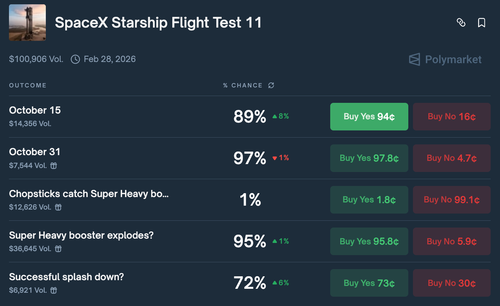SpaceX is targeting a one-hour test flight of its Starship megarocket, with the launch window opening at 7:15 p.m. ET. This marks the 11th test flight, expanding on the success of the previous mission with a focus on data collection, heatshield stress testing, and orbital demonstrations, such as deployment of eight Starlink simulators.
Starship Flight 11 aims to build on the momentum from SpaceX's latest and most successful launch of the year in August. That mission, the fourth of 2025 and tenth overall since 2023, signals continued progress as Elon Musk's rocket company seeks to accelerate the development of the fully reusable megarocket designed to carry humans and cargo to the Moon, Mars, and beyond.
Here's a breakdown of Starship Flight 11:
Mission Goals: Build on Flight 10's success, focusing on:
Flight Safety: SpaceX continues coordination with the FAA and international air traffic authorities to minimize disruptions. During Flight 10, affected airspace reopened within 7–9 minutes.
Super Heavy Booster:
Reused from Flight 8, with 24 Raptor engines.
Will perform a new landing burn configuration with 13 engines igniting, then shifting to five during the divert phase, and finishing with three center engines for hover and splashdown.
The booster will not return to Starbase but instead splash down in the Gulf of Mexico to collect data on engine transitions and real-world dynamics.
Starship Upper Stage:
Conducts in-space objectives, including deploying eight Starlink simulators (same size as next-gen satellites).
Includes an in-space Raptor relight test.
Tiles have been intentionally removed to stress-test unprotected areas during reentry.
Will execute a dynamic banking maneuver and subsonic guidance test before a controlled splashdown in the Indian Ocean.
Ahead of launch, cryptocurrency-based prediction market Polymarket shows...
Watch Live
. . .
Loading recommendations...
